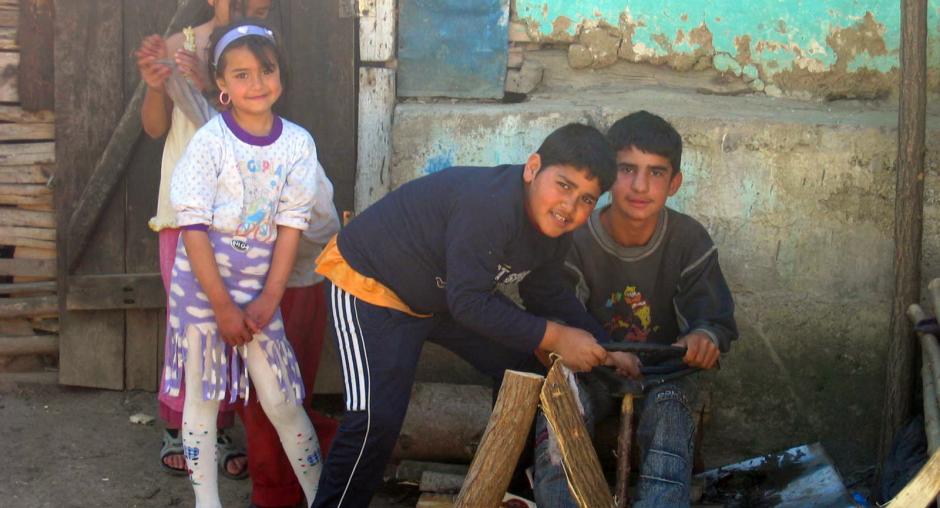OSCE Mission supports local Roma initiatives in Serbia
Roma communities make up one of Serbia's largest and most vulnerable minorities. Nevertheless, these communities often lack basic infrastructure, such as plumbing and electricity.
The OSCE Mission to Serbia and the national Agency for Minority and Human Rights (AHMR) are working together with these communities and their municipal governments to break the cycle of poverty and exclusion.
Closing the gap
With low levels of education and a high unemployment rate, Roma face problems in accessing the healthcare system and often live in inadequate housing conditions. To address their plight, the Serbian Government is participating in the Decade of Roma Inclusion, an international initiative running from 2005 to 2015 in Central and South-Eastern Europe.
The initiative brings together governments, and international and non-governmental organizations (NGOs) to improve the welfare of Roma in a transparent and tangible way, focusing on healthcare, education, employment and housing. To focus on these priority areas, the OSCE Mission created the Roma Assistance Programme (RAP) in February 2006.
Building links
The assistance programme is carried out together with the AHMR, which has strong ties to Roma communities through municipal governments. Roma facilitators, such as Suzana Dinulovic from Bela Palanka in southern Serbia, support RAP activities locally.
"Facilitators provide a direct link to municipal officials for Roma communities," she says, "and our goal in Bela Palanka is to integrate this disenfranchised community by engaging it at the local level."
With Dinulovic acting as a focal point, Roma in her municipality are less apprehensive about approaching local authorities to discuss the issues they face. As facilitator, one of her main duties is assisting these communities in obtaining grants for projects in the field of healthcare, education, employment or housing.
Last November, Dinulovic's own community of Vrbak in Bela Palanka secured such a grant to install plumbing and sewer systems. "Providing basic sanitation is the first step in bringing these communities into the 21st century," she says.
Supporting local initiatives
"Allocating small grants to improve living conditions and access to services for Roma has been one of the most effective components of the assistance programme," says Simona Santoro, Senior Advisor at the OSCE Mission.
"Through these grants, national and local self-governments, Roma, NGOs and the Mission become active stakeholders in these projects and in the Decade of Roma Inclusion," she adds.
Vrbak was one of 18 municipalities that received grants, for which funding was provided by the European Agency for Reconstruction.
Oliver McCoy, OSCE Programme Manager for the RAP, outlines the future of such activities. "We have made great advances with initiatives such as the allocation of small grants. They have allowed us to create a sustainable process for gradually improving the status of Roma," he says.
"Working on the housing and healthcare infrastructure in Vrbak has set a precedent for co-operation between the Serbian Government, the municipality and Roma communities."
McCoy adds that there is now an opportunity to address other issues, such as unemployment and poor levels of education, using a similar approach.
A sustainable future
For Dinulovic, the future of her community looks promising, but much work remains to be done, especially regarding unemployment and education.
"Tackling these issues is the key for ensuring the self-sufficiency of Roma communities," she says. "Programmes like the RAP must continue to promote collaboration between the municipality, the AHMR, the OSCE and other international partners to empower this minority."

